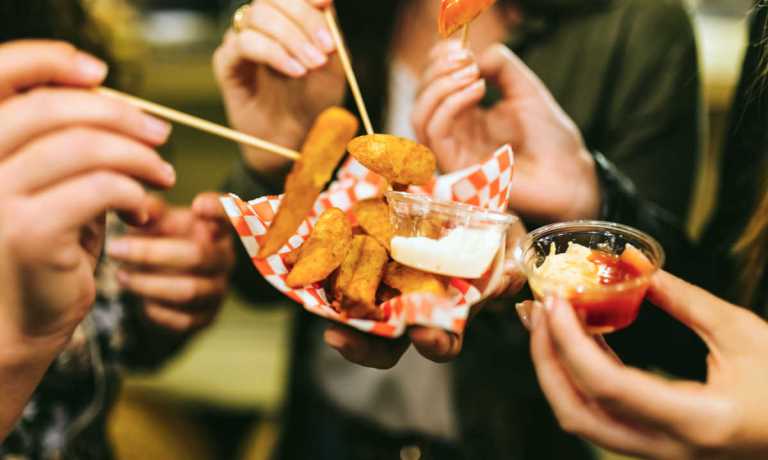Marc Lore’s ‘Wonder’ Pivots as Funding Dwindles for Costly Startups

Marc Lore’s would-be disruptive restaurant tech startup is changing course amid a difficult market.
The Jet.com co-founder’s food company Wonder, which was initially intended to be something of a blend of food delivery, food trucks and ghost kitchens, bringing mobile kitchen vans to consumers’ homes to offer fresh-made meals, is pivoting to a fixed-space model. Effectively, the company is shifting to something resembling a souped-up ghost kitchen.
On Tuesday (Jan. 10), Lore stated in a LinkedIn post that the company is scaling back its mobile kitchen vehicles to focus on static locations that offer delivery and pickup as well as “limited dine-in options.” He insists that this turn is meaningfully different from the ghost kitchen model because of the company’s end-to-end ownership of the process.
“As opposed to a ghost kitchen, our Wonder locations are all vertically-integrated, meaning we control every aspect of the process — from the front-end app and sourcing of food, to the cooking, delivery and every step in between,” Lore wrote. “This high level of integration is what enables us to be hyper-precise with our cook times, timing pick-ups and deliveries down to the exact moment orders are ready.”
Bloomberg noted Tuesday that the company is selling the hundreds of Mercedes vans used for its roving kitchens, shutting down the mobile part of its kitchens by the end of May and cutting staff.
The news marks another blow to the future-minded restaurant technology sector, showing that even the most highly-funded startups with the most notable figures at the helm (in addition to Lore, former Walmart chief revenue officer Scott Hilton sits as co-CEO of Wonder) are being forced to rein in their visions to shorten the timeline to profitability. Wonder’s Series B funding round in June, which brought in $350 million, took the company’s total haul to $850 million.
To make the economics of the mobile kitchen model work, however, the company would have had to charge consumers prices well above those of the average meal, a move that makes little sense for consumers now, as they seek to rein in their food spending amid inflation. In fact, many diners are no longer even willing to pay the premium for delivery, opting for pickup instead.
Indeed, research from PYMNTS’ study “Consumer Inflation Sentiment: Inflation Slowly Ebbs, but Consumer Outlook Remains Gloomy,” which is based on responses from more than 2,100 U.S. adults, revealed that, in response to inflation, 78% of consumers are eating at home more. Plus, 38% reported they are opting more for lower-priced restaurants.
Moreover, findings from the December edition of PYMNTS’ Digital Divide study, “The 2022 Restaurant Digital Divide: Restaurant Customers React to Rising Costs, Declining Service,” which drew from a survey of more than 2,300 U.S. restaurant patrons, found that 39% are influenced by price when picking a restaurant, a share that has been on the rise over the last year.
As funding for startups continues to be much harder to acquire than it was a year ago, restaurants and tech providers alike are shifting their focus to the near-term, forced to prioritize the strategies that will yield the greatest profits here and now over down-the-line growth.